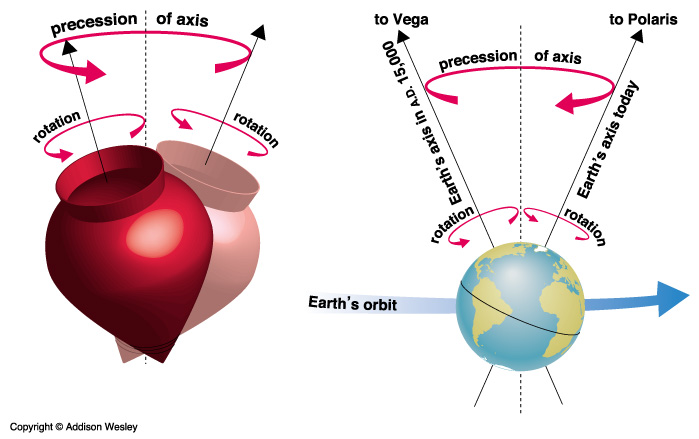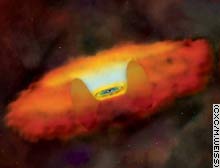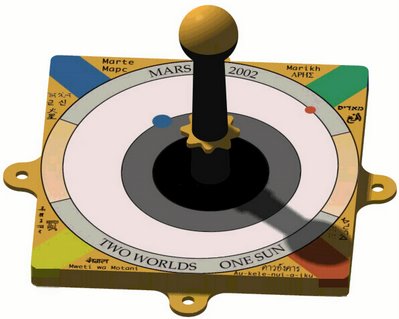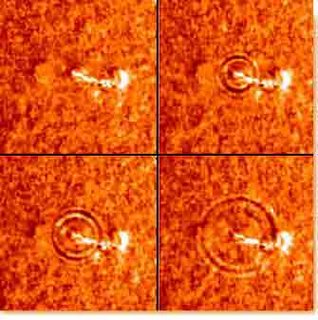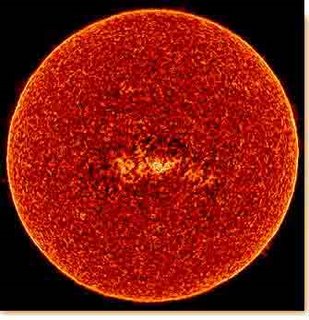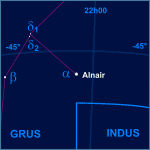
Definition - Lover of extremes
History - Suspected about 30 years ago
Known and studied for about 20 years
Temperature extremes - Boiling or freezing, 1000C to -10C (212F to 30F)
Chemical extremes - Vinegar or ammonia (<5 pH or >9 pH)
Highly salty, up to ten times seawater
How we sterilize & preserve foods today
What are they? - Microbes living where nothing else can.
How do they survive? - Extremozymes
Why are they are interesting? - Extremes fascinate us & the idea of
life on other planets is even more fascinating.
Thermophiles
There are microbes called thermophiles, or heat-lovers, that live in temperatures so hot, the microbes could actually melt if they hadn’t developed tricks and tools to handle such extreme heat. Thermophiles have certain proteins, or enzymes, that are specially geared to working in high temperatures even as hot at 284° F (140° C). Keep in mind that water boils at 212° F (100° C). The normal-temperature proteins and enzymes in your body would start unfolding and breaking apart long before it got as hot as 284° F. Understanding the biology of thermophiles may help scientist understand the boundaries of which life can exist on other planets.

Psychrophiles
On the opposite end of the spectrum from the thermophiles, psychrophiles
burgeon in extreme cold. Life cannot grow where liquid water can’t exist,
but it does grow at or slightly below freezing temperature.
The most studied psychrophilic environment is Antarctic sea ice. This area is mainly populated with algae, diatoms, and bacteria. Certain species in this ecosystem are incapable of reproduction at temperatures above 2 degrees centigrade. Psychrophiles also inhabit the ocean’s freezing cold floor.
Among the most well known psychrophiles are the worms that dwell in methane
ice at the bottom of the Sea of Cortez. Psychrophiles are probably the
least studied of extremophiles, so obviously little is known about them.

Additional information:
Low temperature
Arctic and Antarctic
1/2 of Earth’s surface is oceans between 10C & 40C
Deep sea –10C to 40C
Most rely on photosynthesis
Black/white photo: Methane worm up-close

Halophiles
The word halophile means, “salt loving”. A halophile is an organism that can grow in higher salt concentrations than the norm.
Based on optimal saline environments halophilic organisms can be grouped into three categories: extreme halophiles, moderate halophiles, and slightly halophilic or halotolerant organisms.
Some extreme halophiles can live in solutions of 35 % salt. This is extreme compared to seawater which is only 3% salt.
Diversity of Halophilic Organisms
Halophiles are a broad group that can be found in all three domains of life. They are found in salt marshes, subterranean salt deposits, dry soils, salted meats, hypersaline seas, and salt evaporation pools.










